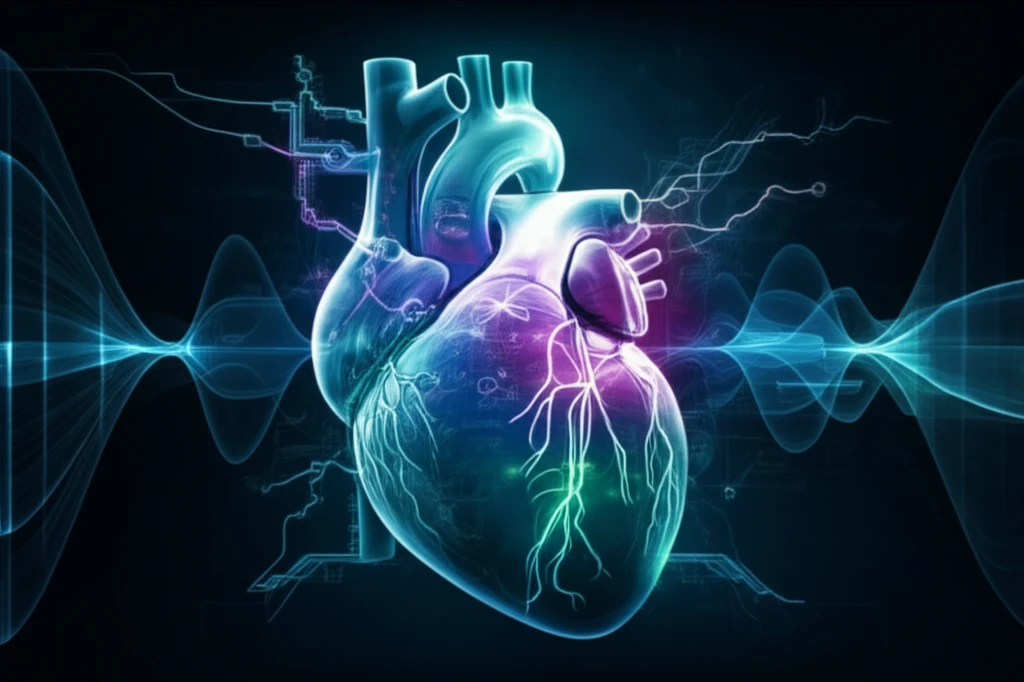
Decoding Cardiac Arrhythmias: A Comprehensive Guide to Understanding Heart Rhythm Disorders
"Explore the electrophysiological foundations, mechanisms, and management of cardiac arrhythmias in this detailed overview."
Cardiac arrhythmias, or heart rhythm disorders, affect millions worldwide. These conditions range from harmless to life-threatening, making understanding their mechanisms and management crucial. Recent advancements in electrophysiology have significantly improved our ability to diagnose and treat these disorders.
This article provides a comprehensive overview of cardiac arrhythmias, drawing from the latest research and clinical insights. We will explore the fundamental electrophysiological principles, delve into the various types of arrhythmias, and discuss current diagnostic and therapeutic approaches. Our aim is to translate complex scientific findings into accessible information for both healthcare professionals and individuals seeking to better understand their heart health.
Whether you are a medical professional looking to refresh your knowledge or someone personally affected by arrhythmias, this guide offers valuable insights. We'll break down the science in an easy-to-understand manner, providing practical information to aid in the management and treatment of these conditions.
The Electrophysiological Basis of Cardiac Arrhythmias

At the heart of cardiac arrhythmias lies the complex interplay of electrical signals within the heart. The heart's natural pacemaker, the sinoatrial (SA) node, initiates these signals, which then propagate through the atria and ventricles, causing them to contract in a coordinated manner. Disruptions in this electrical conduction system can lead to various types of arrhythmias.
- Normal Automaticity: The SA node generates regular electrical impulses, setting the heart rate.
- Abnormal Automaticity: Other heart cells inappropriately generate impulses, leading to irregular rhythms.
- Afterdepolarizations: Abnormal oscillations in the cell's electrical potential trigger extra impulses.
- Reentry: Electrical signals circulate repeatedly, causing rapid and sustained arrhythmias.
Empowering Patients Through Knowledge
Understanding cardiac arrhythmias is the first step toward effective management and improved quality of life. While these conditions can be concerning, advancements in electrophysiology and treatment strategies offer hope and better outcomes. By staying informed and working closely with healthcare professionals, individuals can take control of their heart health and live full, active lives. This article serves as a starting point for further exploration and discussion with medical experts, ensuring personalized and effective care.
